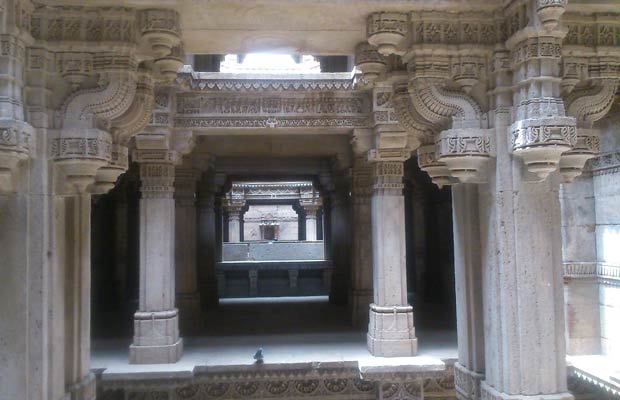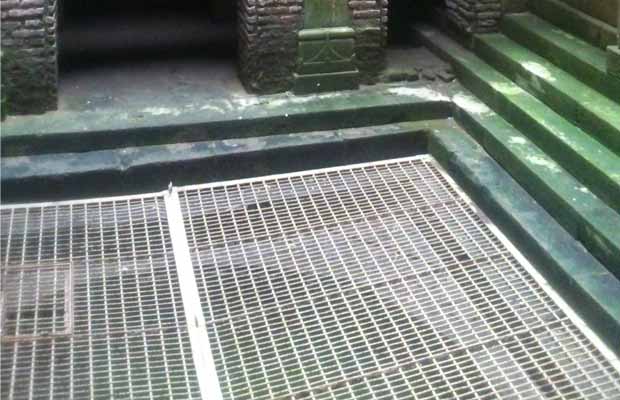A step into the past
 On my recent visit to Ahmedabad, I made time to visit the Adalaj ‘Vav’ located a few kms from the city. Vav is the Gujarati word for stepwell as these water buildings had steps descending into the well. Stepwells were quiet common between the 5th and 19th centuries in west India; there are over 120 such wells in Gujarat alone.
On my recent visit to Ahmedabad, I made time to visit the Adalaj ‘Vav’ located a few kms from the city. Vav is the Gujarati word for stepwell as these water buildings had steps descending into the well. Stepwells were quiet common between the 5th and 19th centuries in west India; there are over 120 such wells in Gujarat alone.
 Legend has it that the Adalaj stepwell was started by a Hindu ruler, Rana Veer Singh of the Vaghela dynasty for his queen Rani Ruda. But the Rana was killed when his kingdom was attacked by Mohammed Begda, the Muslim ruler of a neighbouring kingdom. The grieving Rani Ruda, agreed to marry Begada on the condition that he would first complete the stepwell which her husband had started. However, once the well was completed in 1499, the queen who had achieved her objective of completing the stepwell decided to end her life and jumped into the well.
Legend has it that the Adalaj stepwell was started by a Hindu ruler, Rana Veer Singh of the Vaghela dynasty for his queen Rani Ruda. But the Rana was killed when his kingdom was attacked by Mohammed Begda, the Muslim ruler of a neighbouring kingdom. The grieving Rani Ruda, agreed to marry Begada on the condition that he would first complete the stepwell which her husband had started. However, once the well was completed in 1499, the queen who had achieved her objective of completing the stepwell decided to end her life and jumped into the well.
 Because it was built by the two rulers, the stepwell has Indo-Islamic influences in its architecture and design. The sandstone structure is octagonal (eight-sided polygon) in plan at the top, built on large number of intricately carved pillars.
Because it was built by the two rulers, the stepwell has Indo-Islamic influences in its architecture and design. The sandstone structure is octagonal (eight-sided polygon) in plan at the top, built on large number of intricately carved pillars.
All the walls of the stepwell are adorned with carvings of mythological scenes along with everyday scenes like women churning buttermilk, dancers accompanied by musicians, women adorning themselves and a king sitting on a stool. Two carvings, the Ami Khumbor (a pot that contains the water of life) and the Kalp Vriksha (a tree of life) are carved out of a single slab of stone. The monument is quite well maintained by the Archeological Survey of India (ASI).

